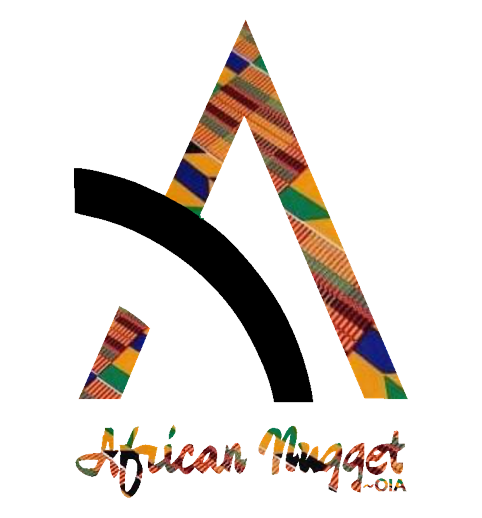Why Muammur Gaddafi Was Really Killed
Why Gaddafi Was Really Killed: The Untold Story of a Leader Who Empowered His People.
Muammar Gaddafi was no saint, but the truth behind his brutal and public death goes far beyond the image painted by Western media. The world watched his fall in 2011, but few understand what made him a real threat—not to his people, but to global powers. Here’s a simplified look at the things he did that challenged Western influence and made him a target.
1. Healthcare Was a Right, Not a Privilege
Every Libyan had access to medical care free of charge. Hospitals were well-resourced, and if treatment couldn’t be found locally, the government paid for it abroad.
2. Education Was Free at All Levels
From elementary school to college, learning was cost-free. Scholarships were available for Libyans to study overseas at the government’s expense.
3. No Power Bills
Electricity was provided at no cost to citizens. The state fully covered energy expenses nationwide.
4. Interest-Free Loans
In line with Islamic values, charging interest was banned. Citizens could borrow money for cars, homes, or businesses without paying a single cent in interest.
5. Financial Help for Newlyweds
Couples starting a life together received a government grant of $50,000 to help them settle and build a home.
6. Baby Bonuses for Mothers
Every Libyan mother was given $5,000 after childbirth to help support the newborn and cover early parenting costs.
7. Ultra-Cheap Gas
Fuel prices in Libya were among the lowest globally, costing just 14 cents per liter due to heavy government subsidies.
8. Housing Was a Basic Right
Gaddafi once said, “The house is a necessity for the individual and the family, and it should not be owned by others.” As a result, homelessness was almost unheard of in Libya.
9. Free Services for African Migrants
Black African migrants living in Libya had access to free public services, including healthcare and education, heavy government subsidies.
10. Farming Was Supported
Citizens who wanted to farm were provided land, a house, farming tools, and seeds—all free from the government.
11. Desert Water System
Through the “Great Man-Made River” project, Libya tapped into underground aquifers and delivered fresh water across the desert, building the largest irrigation system of its kind.
12. Zero Foreign Debt
Libya owed nothing to global financial institutions and held billions in foreign currency reserves. It was independent of the IMF and World Bank.
13. A Gold-Based African Currency
Gaddafi proposed a single African currency backed by gold to replace the dollar and euro in African trade—a direct threat to Western economic control.
14. A Pan-African Army and Bank
He pushed for a united African defense force and a central bank to safeguard African interests from outside interference.
15. Support for Liberation Movements
Gaddafi funded anti-colonial efforts and independence campaigns across the continent, from South Africa’s ANC to revolutionary movements in West Africa.
16. Oil for the People
Instead of letting foreign companies control Libya’s oil, Gaddafi nationalized it. Oil profits were used to fund national programs and improve living standards.
Western powers focused on Gaddafi’s faults and used them to justify military intervention. But behind the headlines was a leader trying to create a self-sufficient, united Africa. His dream of economic freedom and independence for the continent was what made him truly dangerous to the global elite.

















